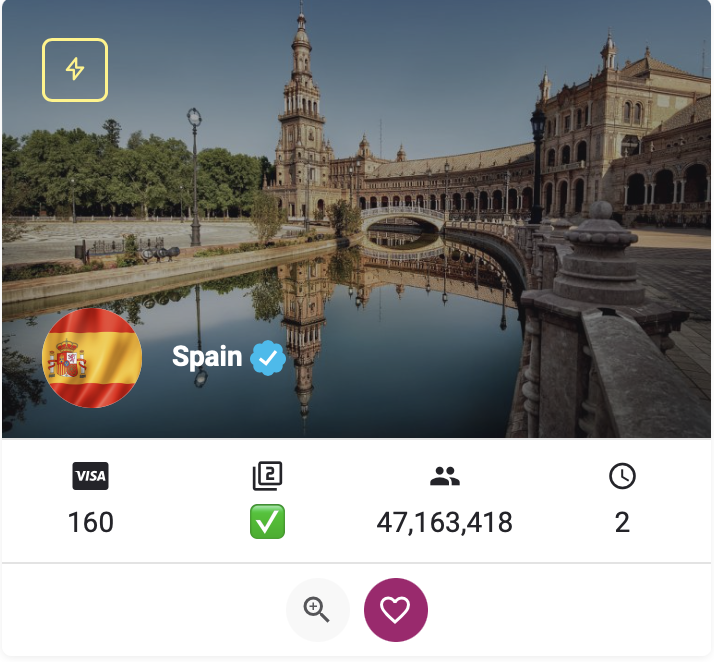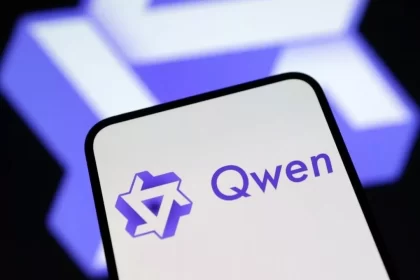Researchers at the University of Texas A & M, inspired by the low -use performance of the human brain, have introduced a new approach to artificial intelligence design that greatly reduces the energy consumption of this technology.
Artificial intelligence today can do complex calculations and data analysis at a rate beyond humans, but this ability requires a lot of cost and energy. In contrast, the human brain consumes only 20 watts of energy despite the extraordinary processing power, but host datacenters such as ChatGPT require several gigawatts of electricity.
Scientists’ new achievement: a model to imitate artificial intelligence from the human brain approach
Researchers have a new artificial intelligence called the new artificial intelligence “Super-TURING” They have been developed that operates with a function similar to the human brain. The main purpose of this artificial intelligence is to optimize its energy consumption.
These days, the energy crisis has greatly prevented artificial intelligence from progressing, and companies such as Openai require enormous computation and high power consumption. This can even be involved in global warming and rising global temperatures.
Dr. Swin Yi, Assistant Professor of Electrical and Computer Engineering, explains:
“Data centers of artificial intelligence require gigawatti, but the human brain consumes about 2 watts; That is, one billion watts against only 2 watts. These data centers are not sustainable by current computational methods. “Although artificial intelligence capabilities are amazing, we still need hardware and high energy production to support its performance.”
Texas University researchers believe that the key to solving this problem is in nature, especially in the nervous processes of the human brain. In our brain, the performance of learning and memory is not separate, but integrated. All of these processes are based on communication between neurons. In fact, by learning new skills or recording a memory, the human brain forms a kind of neurons between neurons; Therefore, when using that skill and memories, these nerve pathways are activated and we can use them.
This is the opposite in artificial intelligence and each part of the hardware has its own activity. Researchers at Texas State University claim that Super-TURING artificial intelligence inspired by the function of the human brain is filling this gap. By eliminating such a boundary, artificial intelligence can continue to be efficient and powerful by consuming less resources.
In the test of this artificial intelligence, Super-Tering was able to control a drone without prior training. Of course, the start of control of the UAV was not perfect, but this artificial intelligence over time was able to adapt to the environment and learn from its mistakes. This approach is faster, more efficient and optimized than traditional artificial intelligence.
Perhaps if the Super-Tering artificial intelligence becomes a final product, it will make a revolution in this area. Unnecessary investments in artificial intelligence have even led prominent technology to be criticized, such as Alibaba’s co -founders; This artificial intelligence may reduce the need for more costs.
The results of the present study are published in Science Advances.
RCO NEWS














